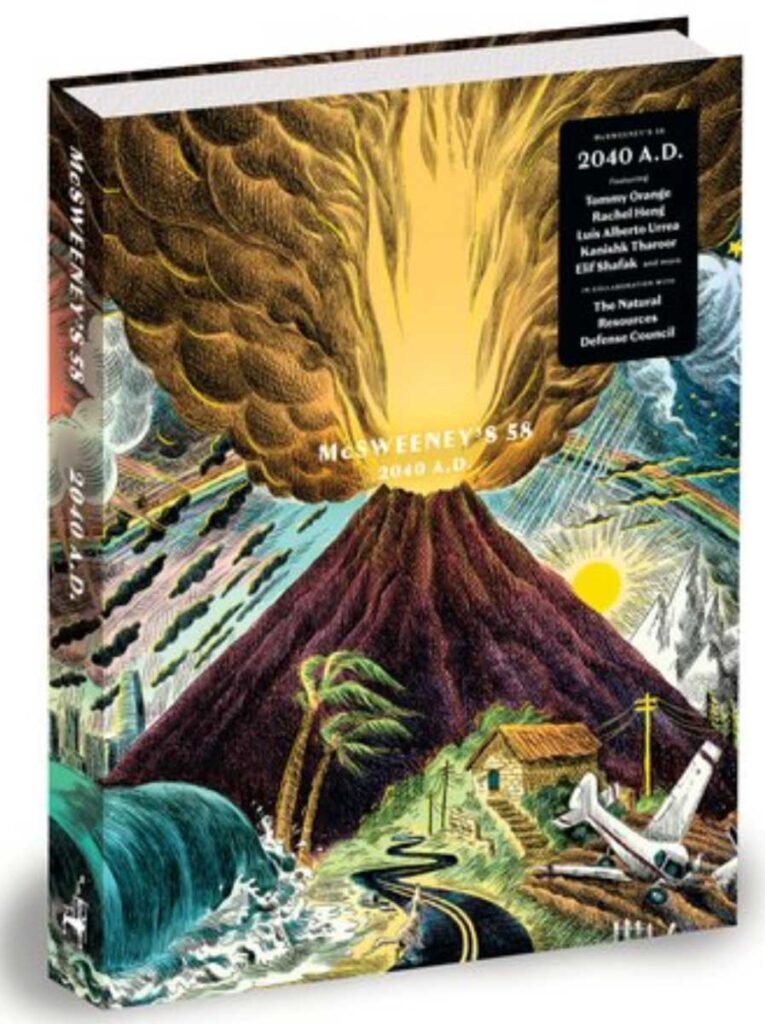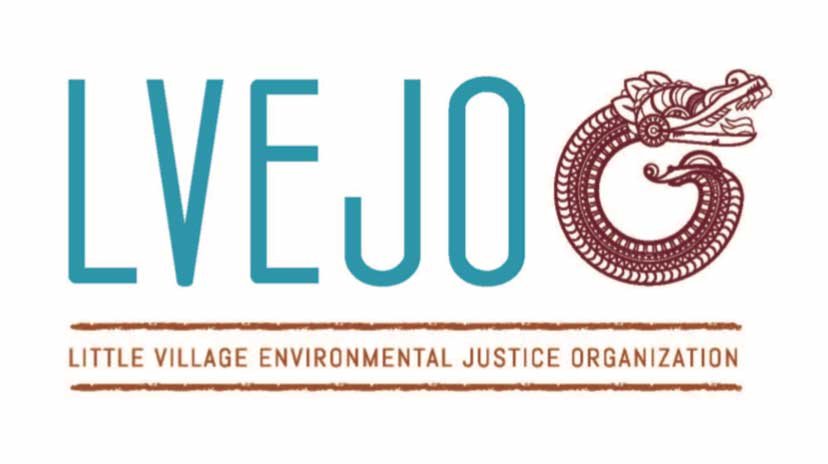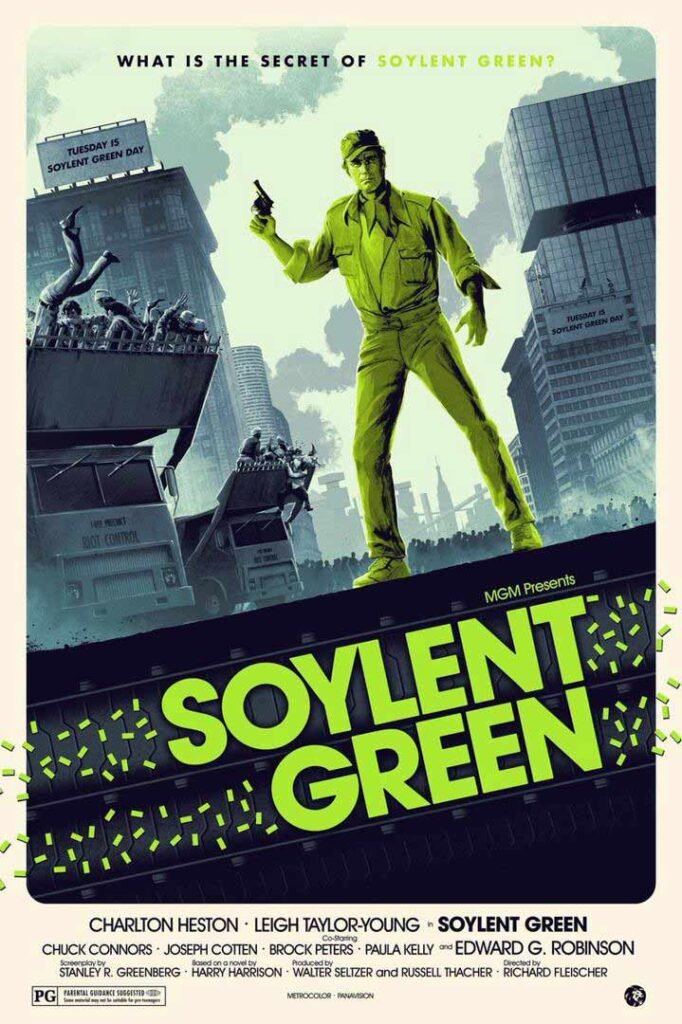Hope for the Future
What do you hope for in 2021?
I’m hoping that the COVID-19 vaccine works, that it is distributed quickly and equitably, and that any environmental gains that we’ve experienced because of the pandemic endure. I’m also encouraged that we can pass the Clean Energy Jobs Act (CEJA) in Illinois and President-elect Biden’s version of the Green New Deal (The Biden Plan for a Clean Energy Revolution and Environmental Justice) in the United States.
When I was thinking about the renewed hope for real climate and environmental justice progress that comes with the change in administration, I remembered this inspiring video called A Message From the Future With Alexandria Ocasio-Cortez. Maybe you missed it when it came out in April 2019. (7-minute video)
It’s written by Naomi Klein, narrated by Representative Alexandria Ocasio-Cortez and illustrated by Molly Crabapple. The film is a flat-out rejection of the idea that a dystopian future is a forgone conclusion. It makes me tear up every time I watch it.
After I dried my tears, I was delighted to find that Youtube rolled right into a new-to-me film called A Message From the Future II: The Years of Repair, which premiered on October 1, 2020. It incorporates how the current pandemic figures into the future. (8-minute video)
Cli-Fi (Climate Fiction)
Are you familiar with the book and movie genre cli-fi? Though many works that predate the coining of the term fall into this category, the term itself is fairly new. The literary movement “Cli-Fi” (modeled after the term “sci-fi”) is any fictional work written about the effects of climate change and global warming. I found that definition in this article that also recommends many novels in that genre.
The author of that article also recommended this short story, “Spider the Artist” written by Nnedi Okorafor. It is free to read on this website. I found it to be very thought-provoking.
Cli-fi is so hot that the literary quarterly McSweeney’s most recent publication, conceived in collaboration with National Resources Defense Council (NRDC) focuses on climate change.
Entitled 2040 A.D., the authors of all ten stories imagine what the world might look like if the dire warnings issued by the Intergovernmental Panel on Climate Change (IPCC), the United Nations body for assessing the science related to climate change, in its Special Report on Global Warming of 1.5 °C, were to come true.
Environmental Justice Discussion Group
In June, when I was writing our blogpost Addressing Environmental Racism, I conceived of the idea of an environmental justice discussion group that uses books and movies to inspire conversation, learning, and growth. We’re getting closer to making this a reality! We have selected a facilitator and we’re working on identifying the books, movies, and meeting dates for the first six months. Meetings will be held on Zoom on the evenings of the second Thursday of every month, beginning in February. Please let us know if you’d like to participate.
As part of this discussion group, we’ll be highlighting the ways that participants can support environmental justice work locally, nationally and globally. If you want to get a jump on that, read about the environmental justice resolution passed in Evanston earlier this year with the leadership of Environmental Justice Evanston, a committee of Citizens’ Greener Evanston.
Based in Chicago, Little Village Environmental Justice Organization (LVEJO) is a leader in this area and has a great list of environmental and climate justice coalitions it is part of listed on their website.
Soylent Green is People!
The movie Soylent Green recently came up in conversation. Most people are familiar with the line that Charlton Heston’s character says at the end: “Soylent green is people!” I like sci-fi, so it’s kind of weird that I had not already seen it. But, when I read that it was made in 1973, that made sense. I was a little too young at the time to watch that kind of movie. I didn’t realize until I watched it last month that it is about climate change. It’s set in 2022. Next year! I’m happy to report that even if we continue our same bad trajectory of climbing carbon emissions, things will not be quite as bad next year as predicted in the movie.
That doesn’t mean we don’t have work to do.


